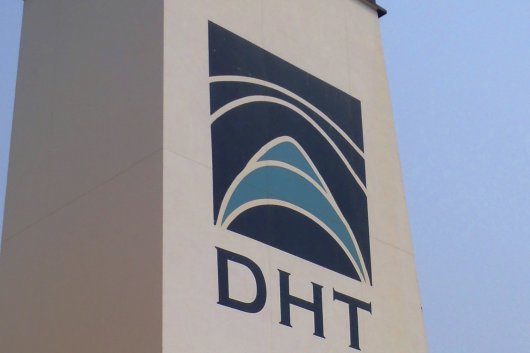DHT in agreement to fit Alfa Laval scrubbers on 12 VLCCs
Systems to be installed on ships built between 2004 and 2012.
Tanker vessel owner DHT Holdings announced on Tuesday that it has entered into agreements to fit exhaust gas cleaning systems (or 'scrubbers') on 12 of its VLCCs.
Alfa Laval has been contracted to supply the systems, whilst shipyard capacity has also been secured to install them within 2019, DHT said.
The scrubbers are be fitted on ships built between 2004 and 2012 - the part of the fleet that DHT says stands to achieve the greatest economic benefit.
These 12 systems will be in addition to the two being installed on the newbuilds DHT Bronco and DHT Mustang, which are set for delivery later this quarter from Hyundai Heavy Industries.
As a result, DHT is set to have a total of 14 VLCCs fitted with scrubbers when the IMO's global sulphur cap is implemented on January 1, 2020.
In terms of financing, DHT said it has received proposals to finance most the project with debt and that it is confident it will be concluded "in the near future".
Commenting on the latest development, DHT said: "We look at the upcoming IMO Sulphur Cap as an opportunity for DHT rather than a threat. We come well prepared and are very pleased with the timely project we have put in place. This project could potentially create a super-profit for the ships in question and boost the already significant operational leverage in DHT."
Scrubbers not a long-term solution: CEO
As Bunker Index previoulsy reported, DHT's co-CEO, Svein Moxnes Harfjeld, said he didn't think scrubbers were a long-term solution, during an analysis of the company's performance in February.
Harfjeld also acknowledged that the company expects the market to mainly consume 2020-compliant fuel - rather than higher-sulphur product with scrubbers - and that the higher cost "will have to be borne by the end users".
Meanwhile, DHT Holdings' other CEO, Trygve Munthe, noted in February that charterers will be "concerned" about the availability of compliant fuel and that some were already choosing to enter into charter contracts for ships with scrubbers as a result.
Alfa Laval has been contracted to supply the systems, whilst shipyard capacity has also been secured to install them within 2019, DHT said.
The scrubbers are be fitted on ships built between 2004 and 2012 - the part of the fleet that DHT says stands to achieve the greatest economic benefit.
These 12 systems will be in addition to the two being installed on the newbuilds DHT Bronco and DHT Mustang, which are set for delivery later this quarter from Hyundai Heavy Industries.
As a result, DHT is set to have a total of 14 VLCCs fitted with scrubbers when the IMO's global sulphur cap is implemented on January 1, 2020.
In terms of financing, DHT said it has received proposals to finance most the project with debt and that it is confident it will be concluded "in the near future".
Commenting on the latest development, DHT said: "We look at the upcoming IMO Sulphur Cap as an opportunity for DHT rather than a threat. We come well prepared and are very pleased with the timely project we have put in place. This project could potentially create a super-profit for the ships in question and boost the already significant operational leverage in DHT."
Scrubbers not a long-term solution: CEO
As Bunker Index previoulsy reported, DHT's co-CEO, Svein Moxnes Harfjeld, said he didn't think scrubbers were a long-term solution, during an analysis of the company's performance in February.
Harfjeld also acknowledged that the company expects the market to mainly consume 2020-compliant fuel - rather than higher-sulphur product with scrubbers - and that the higher cost "will have to be borne by the end users".
Meanwhile, DHT Holdings' other CEO, Trygve Munthe, noted in February that charterers will be "concerned" about the availability of compliant fuel and that some were already choosing to enter into charter contracts for ships with scrubbers as a result.

|
How to engineer and manage green shipping fuels | Stanley George, VPS
Effective management strategies and insights for evolving fuel use. |
|
|
|
||
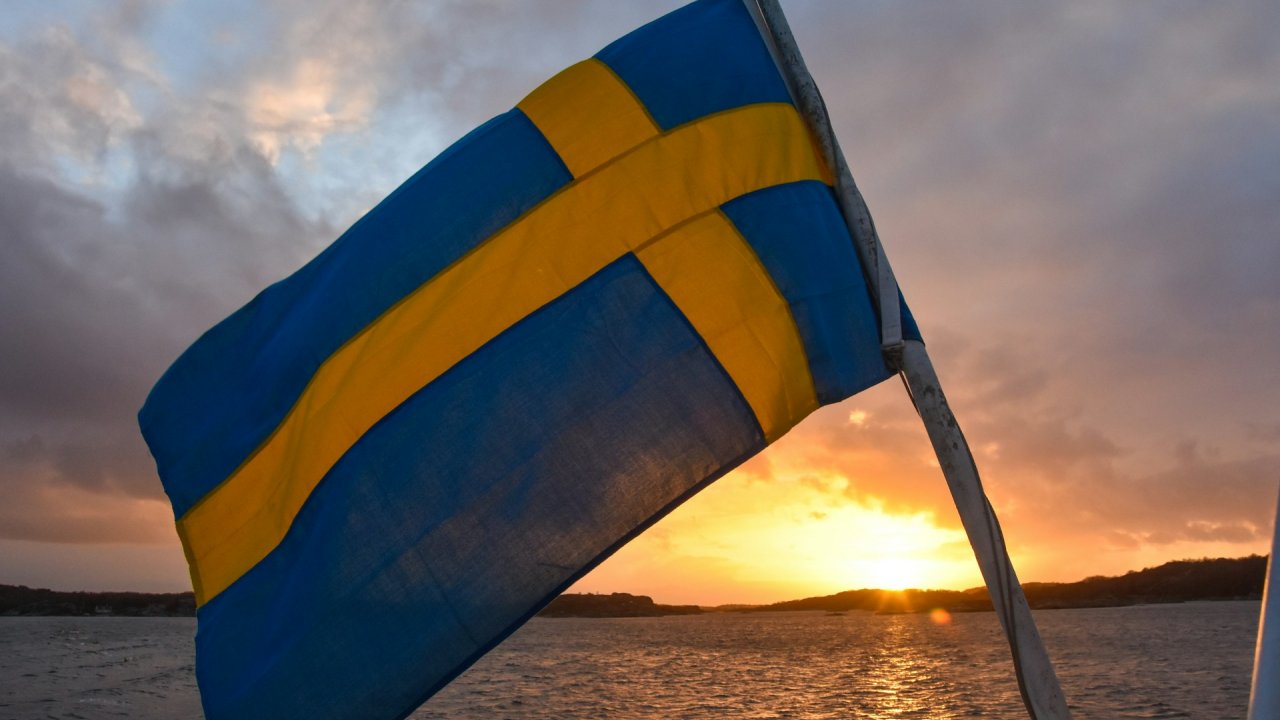
|
Swedish government bans scrubber wastewater discharges
Discharges from open-loop scrubbers to be prohibited in Swedish waters from July 2025. |
|
|
|
||
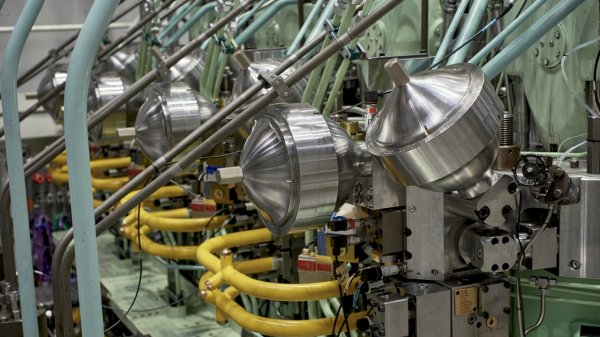
|
MAN Energy Solutions achieves 100% load milestone for ammonia engine
Latest tests validate fuel injection system throughout the entire load curve. |
|
|
|
||
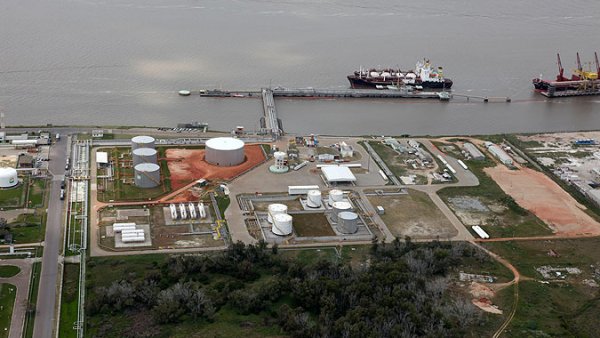
|
Petrobras secures ISCC EU RED certification for B24 biofuel blend at Rio Grande
Blend consisting of 24% FAME is said to have been rigorously tested to meet international standards. |
|
|
|
||
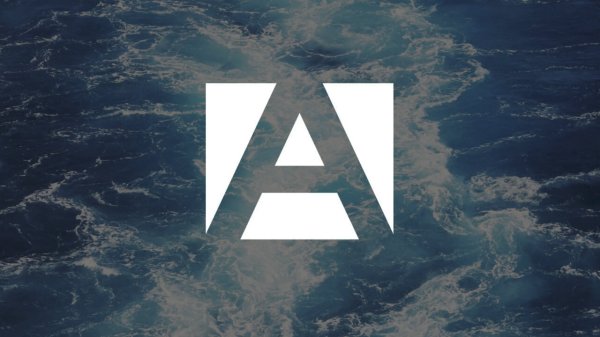
|
Stolt-Nielsen to fully control Avenir LNG with acquisition
Share purchase agreement to buy all shares from Golar LNG and Aequitas. |
|
|
|
||
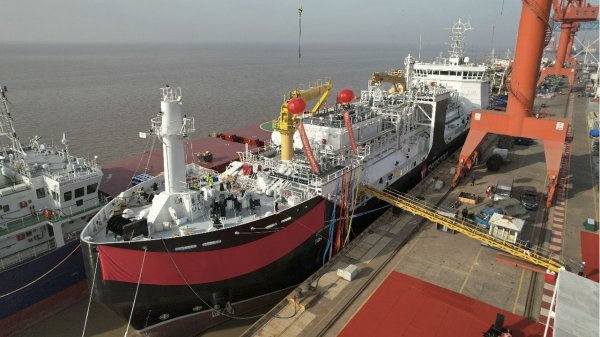
|
Bureau Veritas supports launch of CIMC SOE's LNG bunkering vessel
Handover of Seaspan Energy's cutting-edge 7,600-cbm vessel completed. |
|
|
|
||
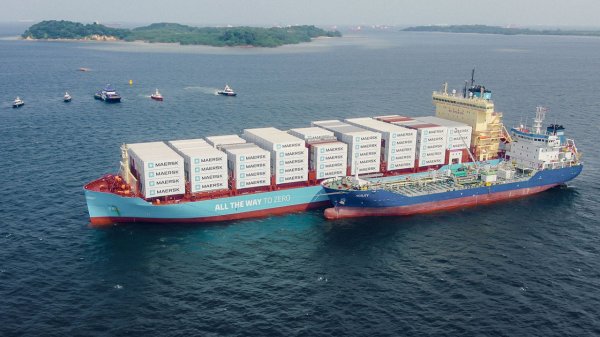
|
Methanol as a marine fuel | Steve Bee, VPS
How environmental legislation has driven the development of low-sulphur fuels and methanol-ready ships. |
|
|
|
||
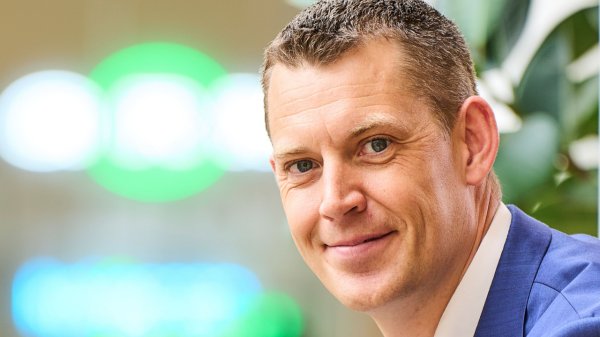
|
Martin Vorgod elevated to CEO of Global Risk Management
Vorgod, currently CCO at GRM, will officially step in as CEO on December 1, succeeding Peder Møller. |
|
|
|
||
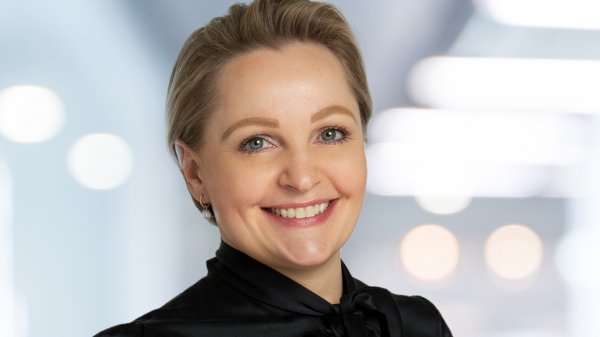
|
Dorthe Bendtsen named interim CEO of KPI OceanConnect
Officer with background in operations and governance to steer firm through transition as it searches for permanent leadership. |
|
|
|
||
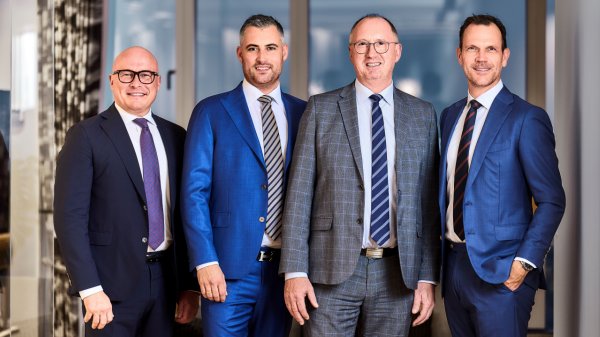
|
Bunker Holding revamps commercial department and management team
CCO departs; commercial activities divided into sales and operations. |
|
|
|
||
Related Links
- · Scrubbers not a long-term solution: DHT Holdings CEO Harfjeld [Insights]
- · Grimaldi opts for scrubbers and batteries, decides LNG retrofits 'not viable' [Insights]
- · Van Oord inks accord to test semi-dry scrubber system [Insights]
- · Balearia launches ferry with scrubber system [Insights]
- · Wartsila secures Wilhelmsen scrubber maintenance deal [Insights]

